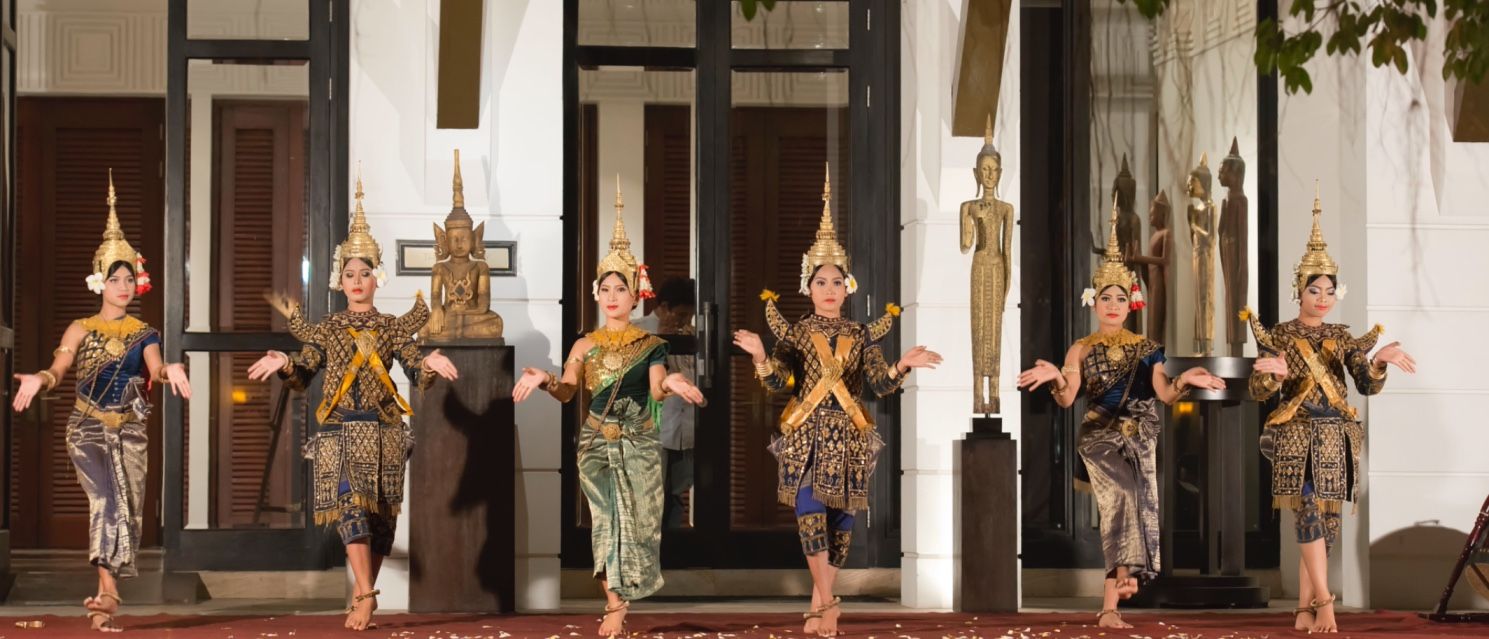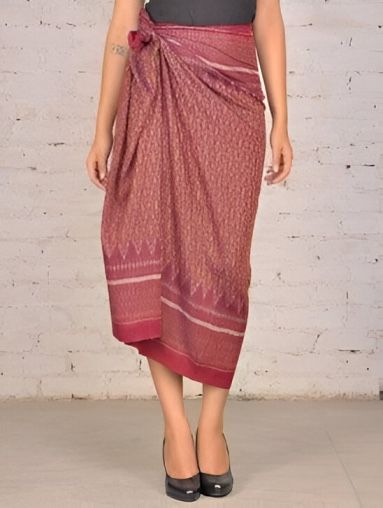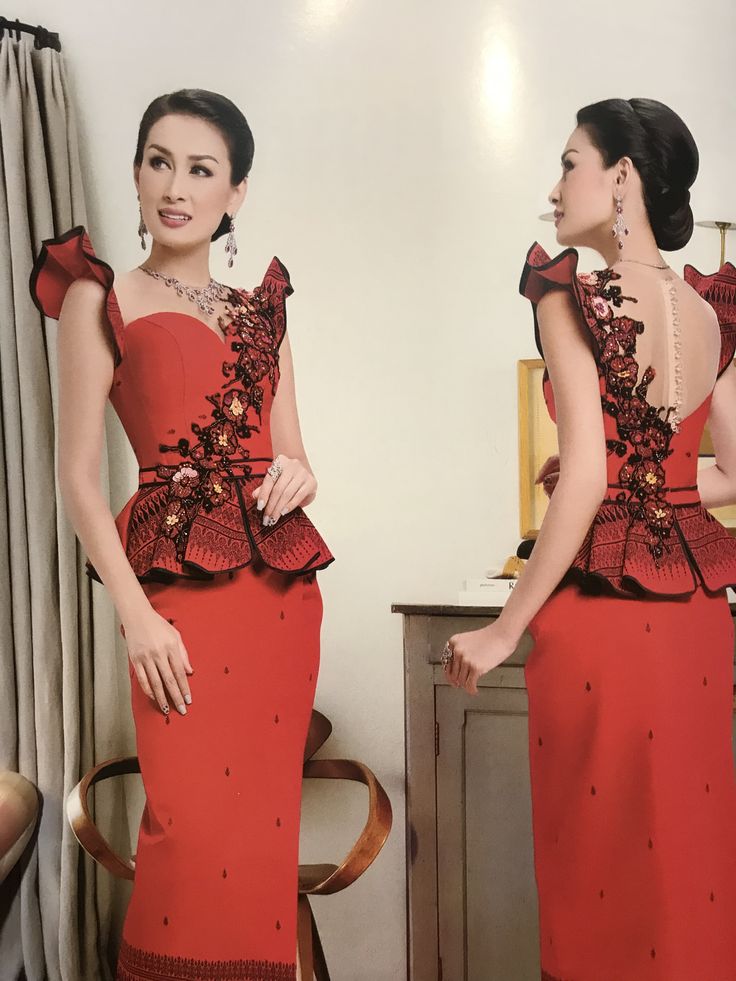Cambodian Traditional Dress, Clothing & Costumes
Cambodian traditional costumes represent the essence of culture, history, and pride. Wearing these costumes allows Khmer to honor their rich heritage and helps preserve it for future generations. Let’s explore the beauty and cultural significance of traditional Cambodian dress, showcasing the timeless attire that reflects the spirit of Cambodia.
Cambodian traditional clothing, especially the Khmer Sarong, Sampot and Krama, has a rich history deeply connected to the nation’s cultural heritage. The Sampot, Cambodia’s emblematic garment, symbolizes national pride and embodies the cultural identity of the Khmer people.
Immerse yourself in the best experiences Cambodia has to offer with our carefully designed trip that caters to the needs of most discerning travelers, check out Cambodia Private Tours

Khmer Traditional Costumes
1. Sampot
Sampot, Cambodia’s traditional dress, dates back to the 1st century AD when the Cambodian ruler, influenced by Chinese envoys, ordered his people to wear a garment that covered the body. Despite Cambodia’s tumultuous history, the Sampot has endured. This long rectangular cloth, typically 5-6 feet in length, wraps around the lower body, with extra fabric used to create various patterns at the belly. Sampot is worn during important events such as weddings, funerals, and New Year’s celebrations.
To cover the upper body, Cambodians wear Chang Pong, a shirt-like garment. For women, it covers the shoulders and leaves a small portion of the belly exposed. Modern Sampot variations include Sampot Phamnuong, with 52 colors, and Sampot Hol, available in over 200 patterns. While some locals prefer the traditional version, many embrace these variations.
Tourists visiting Cambodia can experience Sampot at Angkor Wat, where Khmer women wear the dress. Ask them to dress you up and take photos for a unique cultural experience.

2. Sampot Chang Kben
Cambodian traditional clothing like the Sampot and Sampot Chang Kben reflects the country’s rich cultural history and the social stratifications that once defined its people.

3. Sampot Phamuong
Sampot Phamuong, a highly popular Cambodian traditional clothing, features 52 vibrant colors woven diagonally across its surface. Crafted from 22 types of threads, this luxurious fabric incorporates intricate motifs, floral patterns, and geometric designs.
The most famous material used in Sampot Phamuong is golden silk, the primary fabric known for its prominence in Cambodia’s rich cultural heritage, especially in the Kingdom of Temples. This exquisite textile highlights the craftsmanship and cultural significance of Cambodian traditional clothing.
4. Sampot Hol: Skirt cloth
Sampot Hol, a form of traditional Khmer clothing, is created using an intricate resist-dyeing technique called “hol” or ikat. Influenced by the Indian patola textile art, Sampot Hol has evolved over centuries into a unique Cambodian fabric.

5. Sarong
The sarong, a key piece of traditional costume of Cambodia, is widely worn by the lower class for its comfort and practicality. Designed for ease of movement, it has become a popular choice for daily wear. The simplicity and convenience of the sarong make it an ideal option for both locals and tourists in Cambodia. Today, you’ll find sarong cloth available in many stores, offering comfort and style. This traditional Khmer attire remains a staple in Cambodian life, reflecting the country’s cultural heritage.

6. Krama: Cotton scarves
Krama, a signature piece of traditional Cambodian clothing, is a versatile cotton scarf synonymous with Cambodia. Widely used across the country, it serves multiple purposes depending on the region. Often worn around the neck, Krama adds a cultural touch to photos and daily life, whether in rural or urban settings. Farmers commonly wear it over their heads, while others use it as a sarong, towel, or even a baby hammock.
Once a traditional garment, the Krama Scarf has evolved into a national fashion trend. Traditionally made with mauve and white squares, today it comes in various sizes, shapes, and patterns. For a unique souvenir during your vacation in Cambodia, you can buy a Krama at local stores and capture the experience in a photo!

Av Pak: Traditional blouse-dress
Av Pak is a traditional Khmer blouse, also known as an “embroidered shirt.” This sheer, delicate top features golden thread embroidery, giving it a simple yet elegant appearance. Similar to the Chinese Kebaya, the Av Pak is often paired with the Sampot or Sampot Chang Kben, which cover the lower body as skirts or trousers. Together, these garments form a modern suit, worn by both Cham and Khmer people.

How to Wear Cambodia (Khmer) Traditional Dress?
When styling Cambodian traditional dress, particularly the Sampot, consider the occasion and your personal preferences. Both men and women wear Sampot during festivals, ceremonies, and daily activities. For men, the Sampot pairs well with a simple shirt or jacket, while women often combine it with the Av Pak blouse for a more formal look.
For women
- Sbai: This traditional shoulder shawl, often made from silk, cotton, or voile, is worn around the shoulders. It typically features plain colors or printed patterns and is secured with clips or pins.
- Aorng: Women wear short or long-sleeved blouses, often in bright colors, embellished with patterns or lace.
- Accessories: Enhance the outfit with necklaces, earrings, bracelets, and hair accessories.
For men
- Aorng: Men wear short or long-sleeved shirts, typically in solid colors or simple patterns, pairing them with traditional attire for a complete look.




